Masonry is one of the oldest and most reliable building methods, used for centuries to construct homes, commercial buildings, and decorative structures with examples dating back to the Egyptian pyramids, Roman aqueducts, and medieval cathedrals .
From classic brick facades to elegant stone pathways, masonry offers unmatched durability, aesthetic appeal, and structural integrity.
It involves constructing walls, pillars, foundations, decorative facades, walkways, and patios using individual units—such as bricks, stones, concrete masonry units (CMUs), glass blocks, and pavers—held together by mortar . Materials like clay-fired bricks are celebrated for their fire resistance and thermal regulation, while natural stone (e.g., granite, limestone, sandstone) brings timeless elegance through rubble or ashlar styles
Whether you’re planning a new construction project or simply exploring building materials, understanding masonry can help you make informed decisions. Below, we explore the different types of masonry materials and their applications.
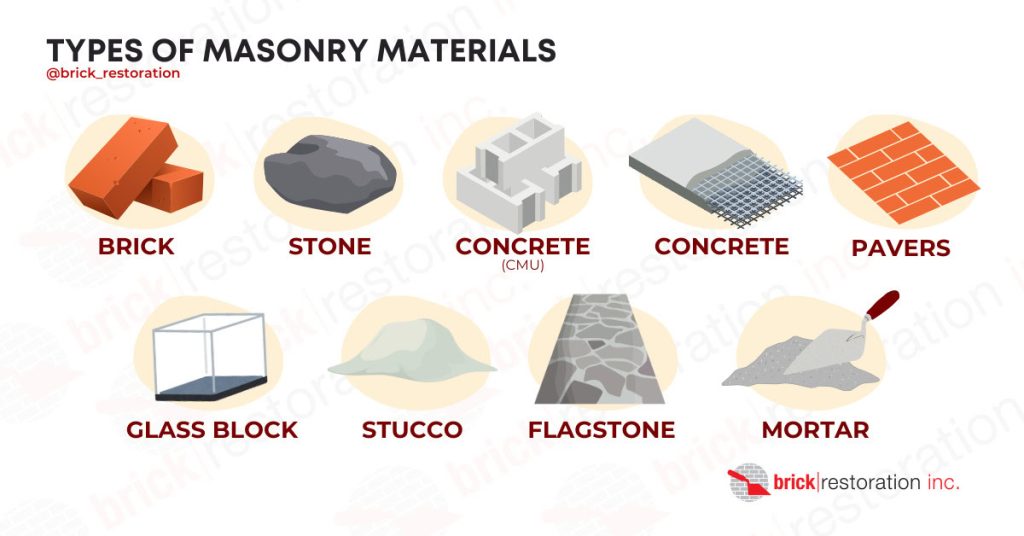
Brick
Brick masonry is one of the most traditional and widely used forms of masonry construction. Bricks are typically made from clay, which is molded, dried, and fired in a kiln. They are then arranged in various patterns and bonded with mortar to create strong, long-lasting structures. Brick is valued for its classic appearance, fire resistance, and ability to regulate indoor temperatures.
Stone
Stone masonry uses natural stones like granite, limestone, or sandstone to create durable and visually striking structures. Stone masonry comes in two primary forms:
- Rubble masonry: Uses irregularly shaped stones, giving a rustic look.
- Ashlar masonry: Involves precisely cut stones for a refined, uniform appearance. Stone is often used for retaining walls, facades, and historical buildings.
Concrete Masonry Units (CMU)
Concrete blocks, also known as CMUs, are prefabricated masonry units made of cement, sand, and aggregate. CMUs are popular for their affordability, strength, and ease of installation. They are commonly used in residential, commercial, and industrial construction to build walls, foundations, and retaining structures.
Concrete
Concrete masonry refers to poured or precast concrete used in construction. Unlike CMUs, which are individual blocks, poured concrete is cast into forms and reinforced with rebar for added strength. Concrete is widely used in foundations, sidewalks, and modern architectural designs.
Pavers
Pavers are small, durable units made from concrete, brick, or natural stone used for outdoor applications such as patios, driveways, and walkways. They offer a range of design possibilities due to their varying shapes, colors, and textures.
Glass Block
Glass block masonry is primarily used for decorative and privacy-enhancing applications. These translucent blocks allow light to pass through while maintaining structural integrity. Glass blocks are common in interior partitions, windows, and shower enclosures.
Stucco
Stucco is a cement-based plaster applied over masonry, wood, or metal lath to create a smooth or textured exterior finish. It is known for its durability, weather resistance, and aesthetic versatility. Stucco is particularly popular in Mediterranean and Southwestern architectural styles.
Flagstone
Flagstone is a type of flat, natural stone used for patios, walkways, and landscaping features. Typically made of sandstone, slate, or limestone, flagstone provides a natural and elegant aesthetic while being durable and slip-resistant.
Mortar
Mortar is the adhesive that binds masonry units together. It is a mixture of cement, lime, sand, and water, ensuring strength and flexibility in masonry structures. Different types of mortar—such as Type N, S, and M—are selected based on their strength, durability, and intended use.
Conclusion
Masonry is a time-tested building method that offers both beauty and strength. With various materials available, from traditional brick to modern glass blocks, masonry continues to be a versatile choice for both structural and decorative applications.
Whether you’re constructing a new home, building a retaining wall, or adding pavers to your backyard, masonry provides a durable and visually appealing solution.


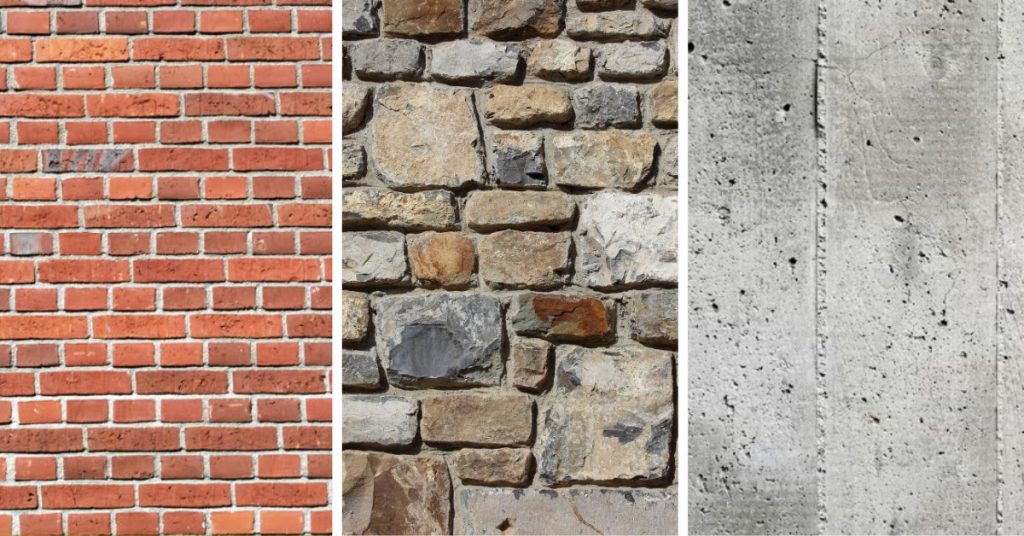

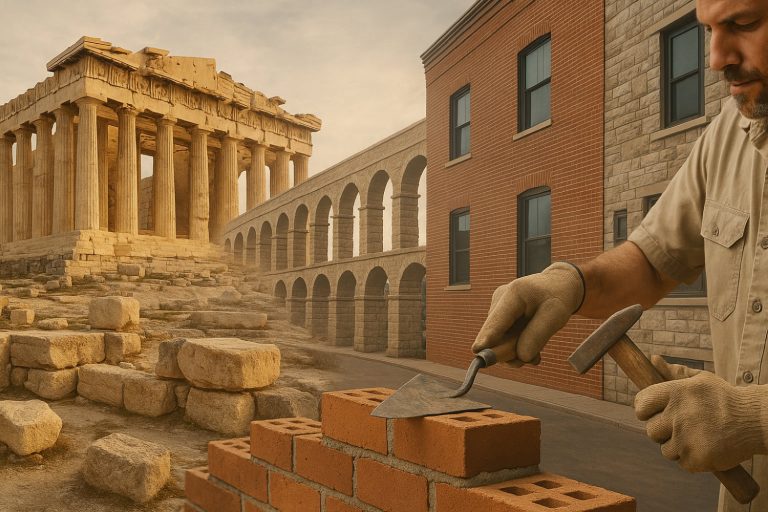
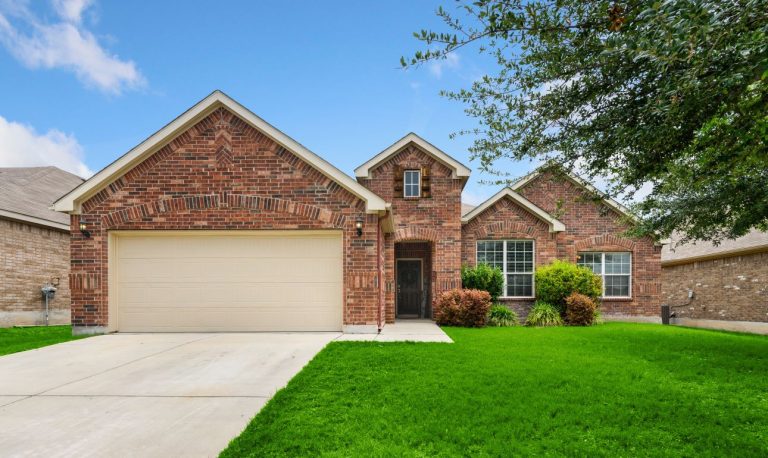
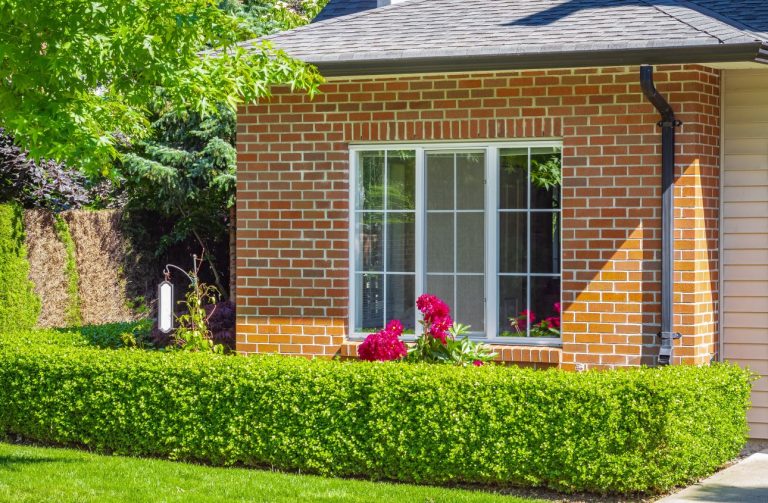
Need repairs to my vertical wall structure to my home which was hit by a vehicle